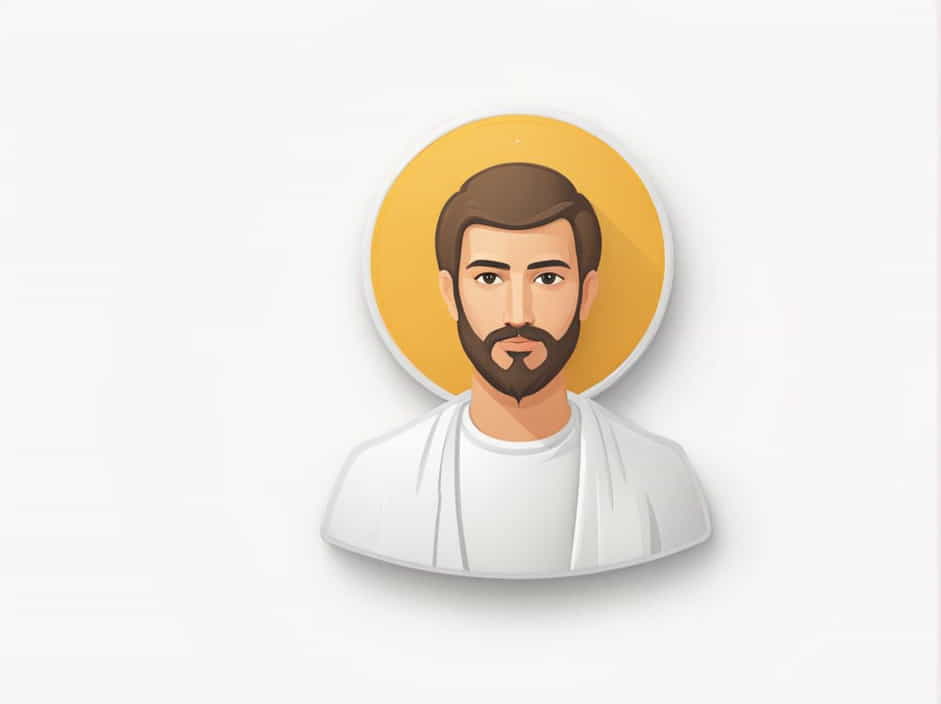The Melchizedek Priesthood is one of the highest forms of priesthood in religious traditions, particularly in Christianity and The Church of Jesus Christ of Latter-day Saints (LDS Church). This sacred authority is named after Melchizedek, a significant biblical figure known as a high priest of God.
However, many people wonder: What is the real name of the Melchizedek Priesthood? This topic explores its original name, scriptural references, historical background, and theological significance.
1. The Real Name of the Melchizedek Priesthood
A. The Original Name
The real name of the Melchizedek Priesthood is “The Holy Priesthood, after the Order of the Son of God.”
According to Doctrine and Covenants 107:3, the priesthood was originally called the Priesthood after the Order of the Son of God to emphasize its divine authority. However, to avoid overuse of God’s name, it was later referred to as the Melchizedek Priesthood, in honor of Melchizedek, who was a high priest and king in the Old Testament.
B. Why Was the Name Changed?
The name was changed for a reverence-based reason-to prevent frequent and casual use of the name of God. Instead, it was given a title that honored a righteous high priest, Melchizedek, who was known for his faith and authority.
2. Who Was Melchizedek?
A. Biblical Account of Melchizedek
Melchizedek is a mysterious figure mentioned in the Bible. He appears in Genesis 14:18-20, where he is described as:
-
The King of Salem (likely ancient Jerusalem).
-
A Priest of the Most High God.
-
The one who blessed Abraham and received tithes from him.
B. Significance in Christianity
In Hebrews 7, Melchizedek is compared to Jesus Christ, as he is described as having no recorded genealogy, no beginning, and no end. This suggests that his priesthood is eternal and divine, making him a fitting symbol for Christ’s role as the great high priest.
C. Connection to the Melchizedek Priesthood
Because of Melchizedek’s righteousness and authority, the priesthood was named after him. This priesthood represents the power to act in God’s name, administer sacred ordinances, and guide the church spiritually.
3. The Melchizedek Priesthood in Scripture
A. Old Testament References
-
Genesis 14:18-20 – Melchizedek blesses Abraham and receives tithes.
-
Psalm 110:4 – Prophecy about the Messianic priesthood:
“The Lord has sworn and will not change His mind: You are a priest forever, in the order of Melchizedek.”
B. New Testament References
- Hebrews 5:6, 5:10, and 7:1-3 – Jesus Christ is described as a priest forever after the order of Melchizedek, emphasizing the eternal nature of His priesthood.
C. LDS Scripture (Doctrine and Covenants 107:1-4)
In The Church of Jesus Christ of Latter-day Saints, Doctrine and Covenants 107 clarifies the original name and purpose of the Melchizedek Priesthood.
4. The Role of the Melchizedek Priesthood
A. Higher Priesthood Authority
The Melchizedek Priesthood is considered the higher priesthood, granting authority to:
-
Lead and direct the church.
-
Perform sacred ordinances such as blessings, confirmations, and healings.
-
Administer the Sacrament of the Lord’s Supper.
-
Receive revelation and guidance for spiritual leadership.
B. Difference Between Aaronic and Melchizedek Priesthoods
There are two major priesthoods in Latter-day Saint belief:
-
Aaronic Priesthood – Known as the preparatory priesthood, dealing with baptism and temporal matters.
-
Melchizedek Priesthood – The higher authority, focusing on spiritual leadership and divine ordinances.
C. Who Can Hold the Melchizedek Priesthood?
In the LDS Church, worthy male members receive the Melchizedek Priesthood through ordination by the laying on of hands. They are typically ordained as Elders and can advance to higher callings such as High Priest, Seventy, or Apostle.
5. The Importance of the Melchizedek Priesthood Today
A. Restored in Modern Times
According to LDS doctrine, the Melchizedek Priesthood was lost from the Earth after the death of Christ’s apostles. However, it was restored in 1829 when Peter, James, and John appeared to Joseph Smith and Oliver Cowdery, conferring upon them the authority of the higher priesthood.
B. Blessings and Responsibilities
The Melchizedek Priesthood brings spiritual blessings and responsibilities. Holders of this priesthood are expected to:
-
Live righteously and uphold moral standards.
-
Use their authority to serve others rather than for personal gain.
-
Exercise faith in prayer, healing, and receiving revelation.
C. Connection to Christ’s Ministry
Since Jesus Christ is the ultimate High Priest after the order of Melchizedek, those who hold this priesthood represent His authority on Earth. They continue His mission by teaching, serving, and leading the church.
6. Common Questions About the Melchizedek Priesthood
A. Why Is It Named After Melchizedek?
To avoid overusing the name of God, the Priesthood after the Order of the Son of God was renamed after Melchizedek, a righteous high priest who exemplified divine authority.
B. Can Women Hold the Melchizedek Priesthood?
In Latter-day Saint doctrine, the priesthood is reserved for male members, but women participate in sacred ordinances and leadership through church organizations such as Relief Society.
C. How Can Someone Receive the Melchizedek Priesthood?
A worthy male member of the LDS Church can receive it through:
-
Baptism and confirmation into the church.
-
Receiving the Aaronic Priesthood first.
-
Being ordained by a priesthood holder with proper authority.
D. What Is the Purpose of This Priesthood?
The Melchizedek Priesthood is meant to administer higher ordinances, lead the church, and bring people closer to God.
The real name of the Melchizedek Priesthood is “The Holy Priesthood, after the Order of the Son of God.” It was renamed to honor Melchizedek and avoid the overuse of God’s name.
This sacred priesthood is central to Christian theology, particularly in The Church of Jesus Christ of Latter-day Saints, where it is viewed as the restored authority of Christ’s church.
Through this priesthood, holders are given the responsibility to lead, bless, and serve others, continuing the divine work that Jesus Christ began.
